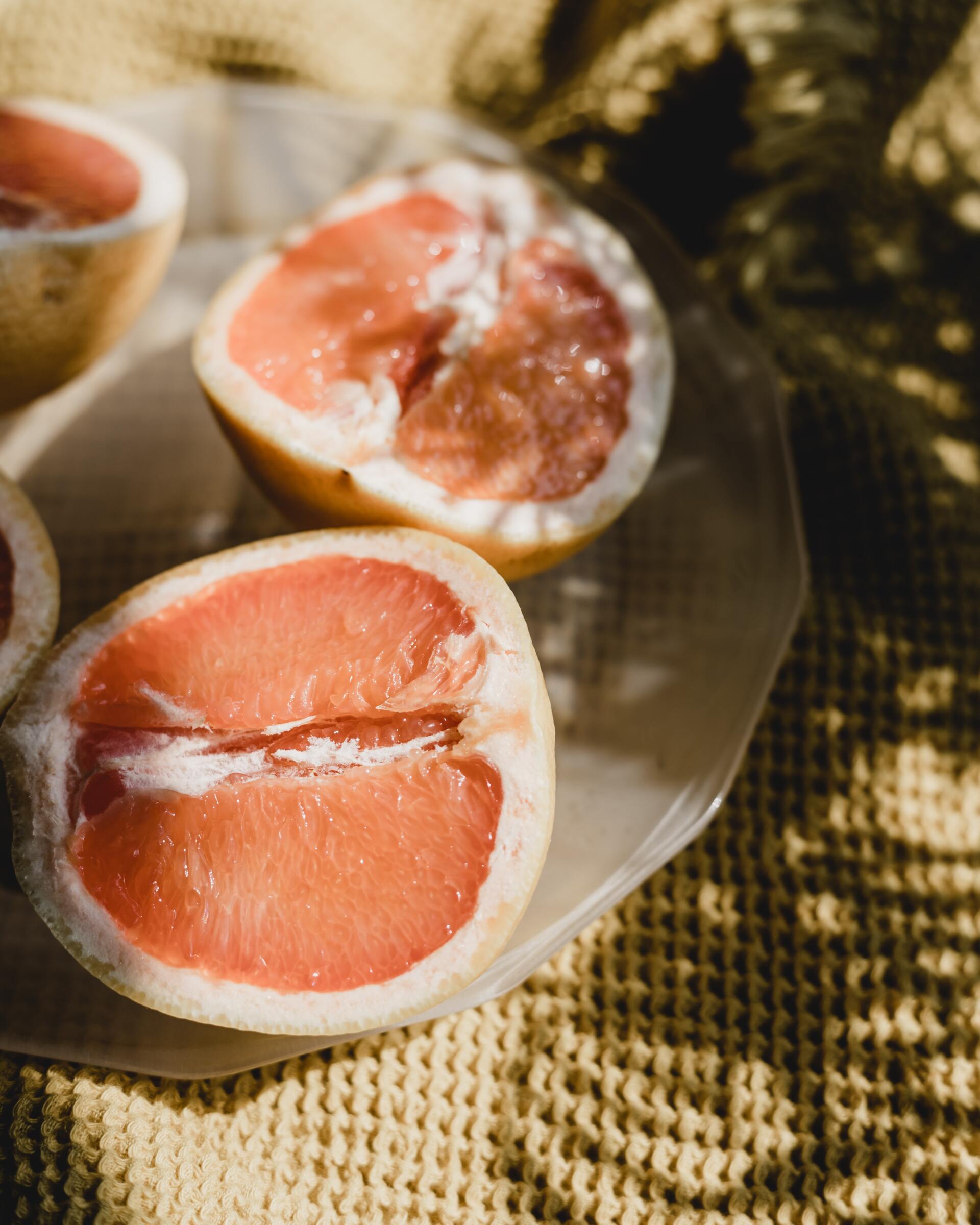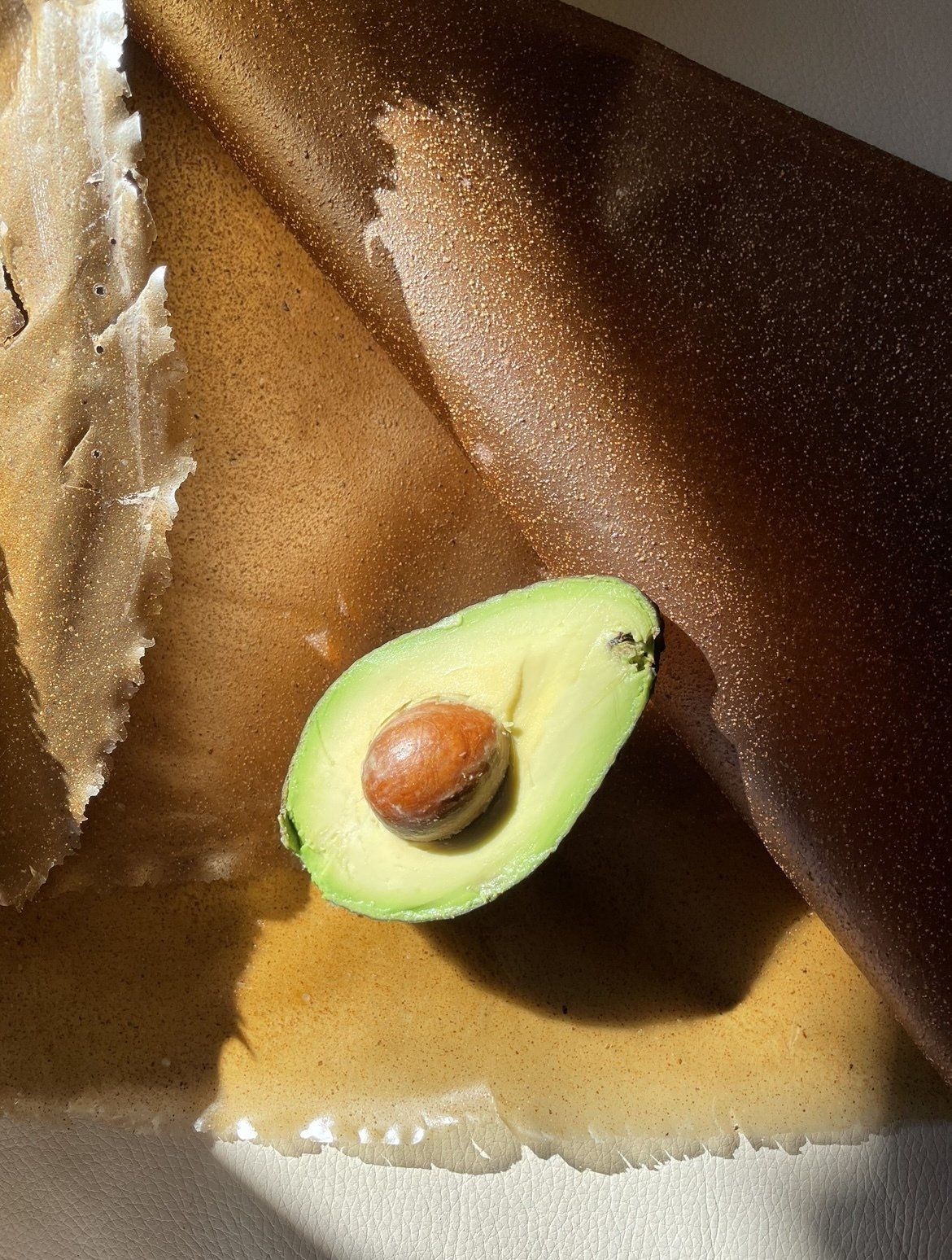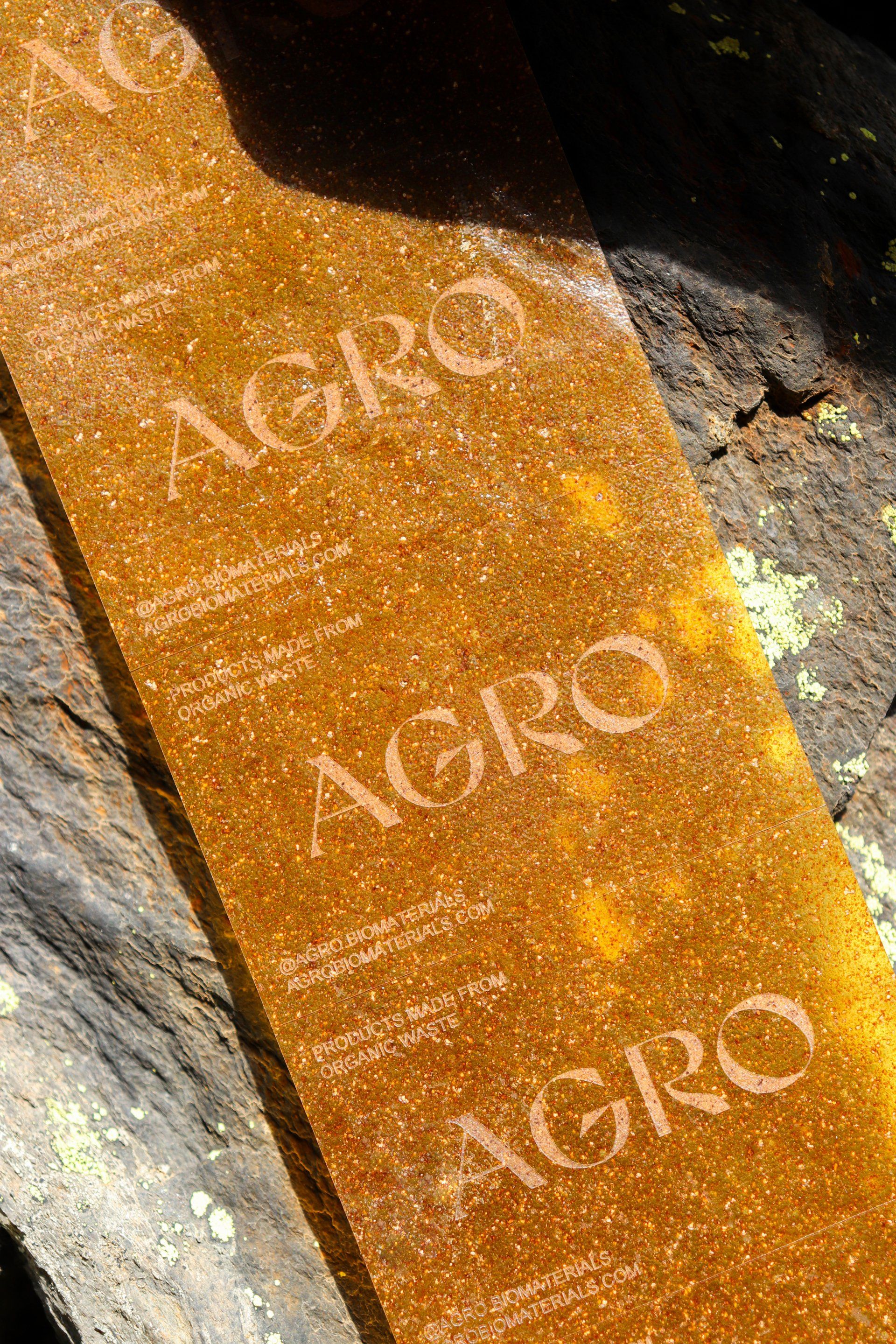Biomaterials
What does it mean and what are its characteristics?
What is a biomaterial?
A bioplastic is a type of plastic derived from organic raw materials, in our case organic waste, more specifically from fruit and vegetable remains. This material,
Unlike conventional plastics derived from petroleum, once deposited with organic waste, it comes into contact with microorganisms that degrade it and ends up disappearing completely.

Why are bioplastics investigated?
The current development and curiosity about the world of bioplastics is not coincidental, but it is the answer to the problem posed by traditional plastic. One of the main advantages of traditional plastic is that it is a very resistant material. This makes it very useful when
It is intended to be used to make objects that should have great durability.
However, when this material is mainly applied to single-use objects,
the amount of plastic waste produced is impossible to sustain
the planet.
There are various solutions to this problem, ranging from avoiding the use of plastic in single-use objects to recycling waste to give it a new life.
However, the reality is that more than 70% of single-use plastic ends up in the environment. In this way, one of the possible solutions that would put an end to the problem is that the material used in consumer products was not plastic.
Therefore, this is the objective of bioplastics, to replace traditional plastics to avoid pollution.
of the planet.
What is it made of?
Bioplastics are produced from plant products. Currently there are different types that have different applications depending on the use you want to give them. In this way, derived from plants such as corn, soybeans or potatoes, they allow substances to be synthesized that, when cooled, take on the appearance of a traditional plastic, but without having a
n negative environmental impact.
Unlike traditional plastics where petroleum must be distilled to create plastics, for biomaterials we can harvest the products or simply use them once they become waste and thus obtain what we call a circular product, that is, we extract it from the earth and return it to the earth.
Thanks to the use of bioplastics instead of its plastic version, we save up to:
95%
water use
30%
CO2 emissions
30%
energy consumption

Biodegradable y compostable
It's not exactly the same
One of the most common confusions in the world of sustainable products is the confusion between the terms biodegradable and compostable, which are often mistakenly used as synonyms since they are difficult to differentiate as they are so closely related.
Both manufacturing processes use natural substances and both are broken down naturally by these living organisms. Its differentiation is in the final result of the decomposition.
Biodegradable
Biodegradable products are made with substances of natural origin, but they can also be made with synthetic substances.
The term biodegradable refers to the ability of a product to be attacked by microorganisms until it completely decomposes.
Biodegradation occurs when organic matter is decomposed by microorganisms: bacteria, protozoa, fungi, rotifers and actinobacteria, which in contact with carbon, nitrogen, oxygen and water initiate the decomposition of the matter.

Compostable
Compostable products are made only with substances of natural origin. Compost is obtained from the biodegradation of a product rich in organic matter and without toxic or synthetic elements. Compostable products are therefore biodegradable, but with an added benefit: when they decompose, they release valuable nutrients into the soil, creating compost, which is beneficial for growing plants, as a natural fertilizer and pesticide.
Now is your turn.
We would love to see your fantastic bioplastic result and learn from your own technique and applications.
Join the Agro community and share your results with us to learn from each other!








